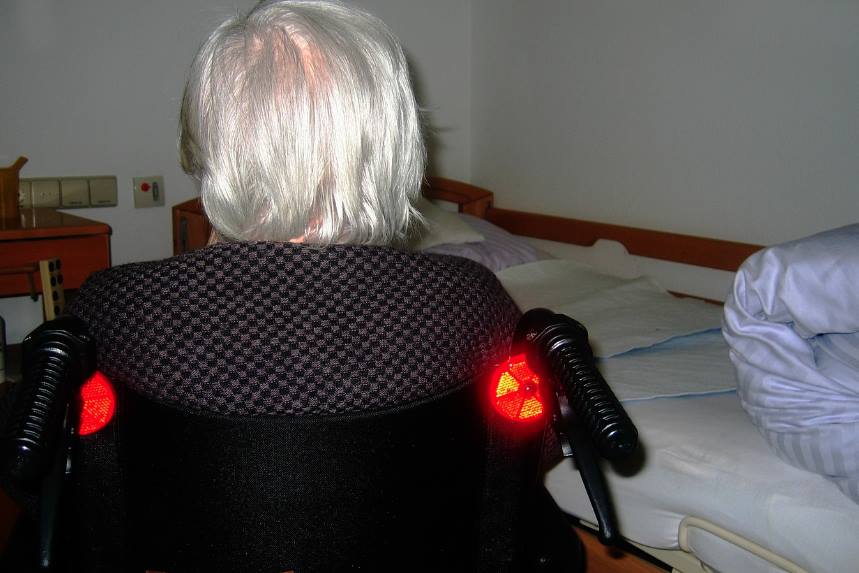Moving a family member into a care home is never easy. Whether it’s due to aging, illness, or other circumstances, the well-being of your loved one is paramount. Selecting the proper care home is a significant responsibility, and it’s crucial to make an informed choice that ensures your family member receives the appropriate care, support, and quality of life. This comprehensive guide will discuss the essential factors to consider when choosing the proper care home for your family member’s needs.
Assess Your Family Member’s Care Needs
Before searching for a care home, you must thoroughly assess your family member’s care needs. Consider their physical, emotional, and medical requirements. Determine if your family member has specific medical conditions that require ongoing care and treatment. This may include chronic illnesses, mobility issues, or cognitive impairments like dementia. The reputable providers of dementia care from www.grouphomes.com.au/ recommend a comprehensive evaluation to determine the specific needs of individuals with dementia. If your family member requires medication, evaluate their ability to manage their medications independently or if they need assistance with medication administration.
Define Your Budget
Establishing a clear budget that aligns with your financial situation is essential. Consider factors such as:
- Available Finances: Assess your family member’s financial resources, including savings, pensions, and insurance, to determine what they can contribute to the cost of care.
- Government Assistance: Investigate whether your family member is eligible for government programs, grants, or subsidies that can help cover the cost of care.
- Additional Expenses: Factor in other costs, such as personal expenses, medical supplies, and additional services not covered by the care home.
Having a clear budget will help you narrow down your options and choose a care home that is financially sustainable for your family.
Research Different Types of Care Homes
Care homes come in various forms, each designed to cater to specific care needs. Common types include:
- Residential Care Homes: These facilities provide 24-hour care, accommodation, and support with daily activities. They are ideal for individuals who require assistance with personal care but do not have complex medical needs.
- Nursing Homes: Nursing homes offer higher medical care, including skilled nursing services. They suit individuals with complex medical conditions or needing regular medical attention.
- Assisted Living Communities: Assisted living facilities balance independence and support. Residents live in private apartments and receive assistance with activities of daily living as needed.
Researching the different types of care homes and their specific offerings will help you determine which type best aligns with your family member’s needs.
Consider Location and Accessibility
The location of the care home is a critical factor to consider. You’ll want a location accessible for family visits and offers the necessary amenities. Choose a location that allows family and friends to visit regularly, as social connections are essential for emotional well-being. Ensure the care home is easily accessible, both for family visits and in case of emergencies. Consider the amenities available in the surrounding community, such as parks, shopping centers, medical facilities, and recreational activities. Assess the availability of public transportation or transportation services the care home provides for residents who may not drive. Investigate the safety and security of the neighborhood where the care home is located.
Visit Potential Care Homes
Once you’ve narrowed your options, visiting the care homes in person is crucial. Interact with the staff and assess their professionalism and friendliness. They should be attentive and compassionate. If possible, talk to current residents and their families to get their perspective on the care home and the quality of care provided. Inspect the living spaces, including the rooms or apartments available to residents. Ensure they meet your family member’s preferences and needs. Review the dining facilities and menus to accommodate dietary restrictions or preferences. Inquire about the activities, programs, and social events available to residents. Engagement and quality of life are essential.
Read Reviews and Get Recommendations
Look for reviews on reputable websites and social media platforms, and ask for recommendations from your network. However, remember that experiences can vary, and it’s essential to consider multiple sources of feedback to form an accurate assessment of a care home. Every resident in a care home has unique care needs. It’s essential to ensure the care home can provide personalized care plans that address your family member’s requirements.
- Assess Care Planning: Inquire about the care planning process and how it is tailored to each resident. The care home should involve residents and their families in creating care plans.
- Medication Management: If your family member requires medication, understand how the care home manages medication, including dispensing, administration, and monitoring.
- Rehabilitation Services: If rehabilitation or therapy is needed, discuss the availability and customization of these services in the care plan.
Choosing the proper care home for a family member is a significant decision that requires careful consideration and thorough research. Remember to prioritize the well-being and quality of life of your loved one and trust your instincts throughout the process. Carefully considering all these factors will lead to a choice that provides the best possible care and support for your family member’s needs.




